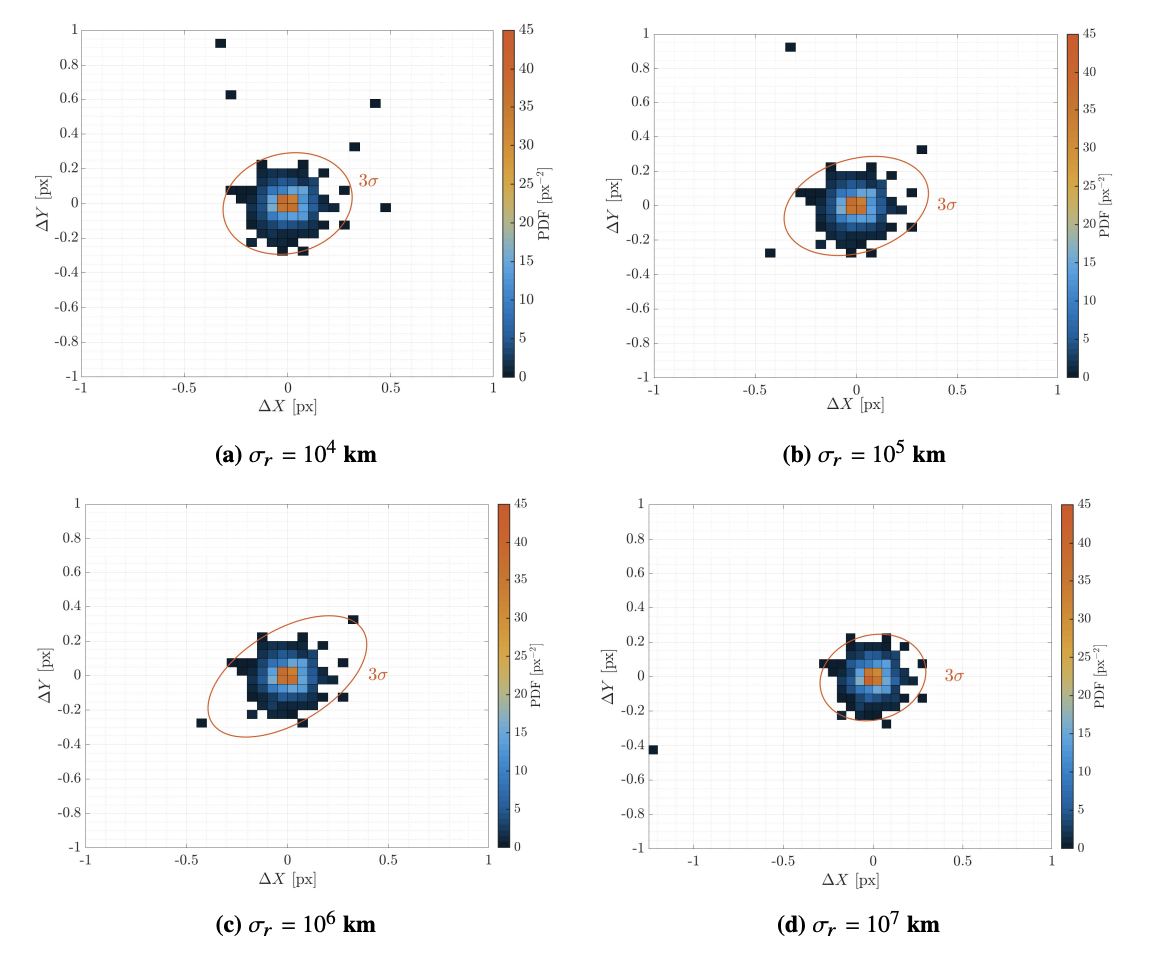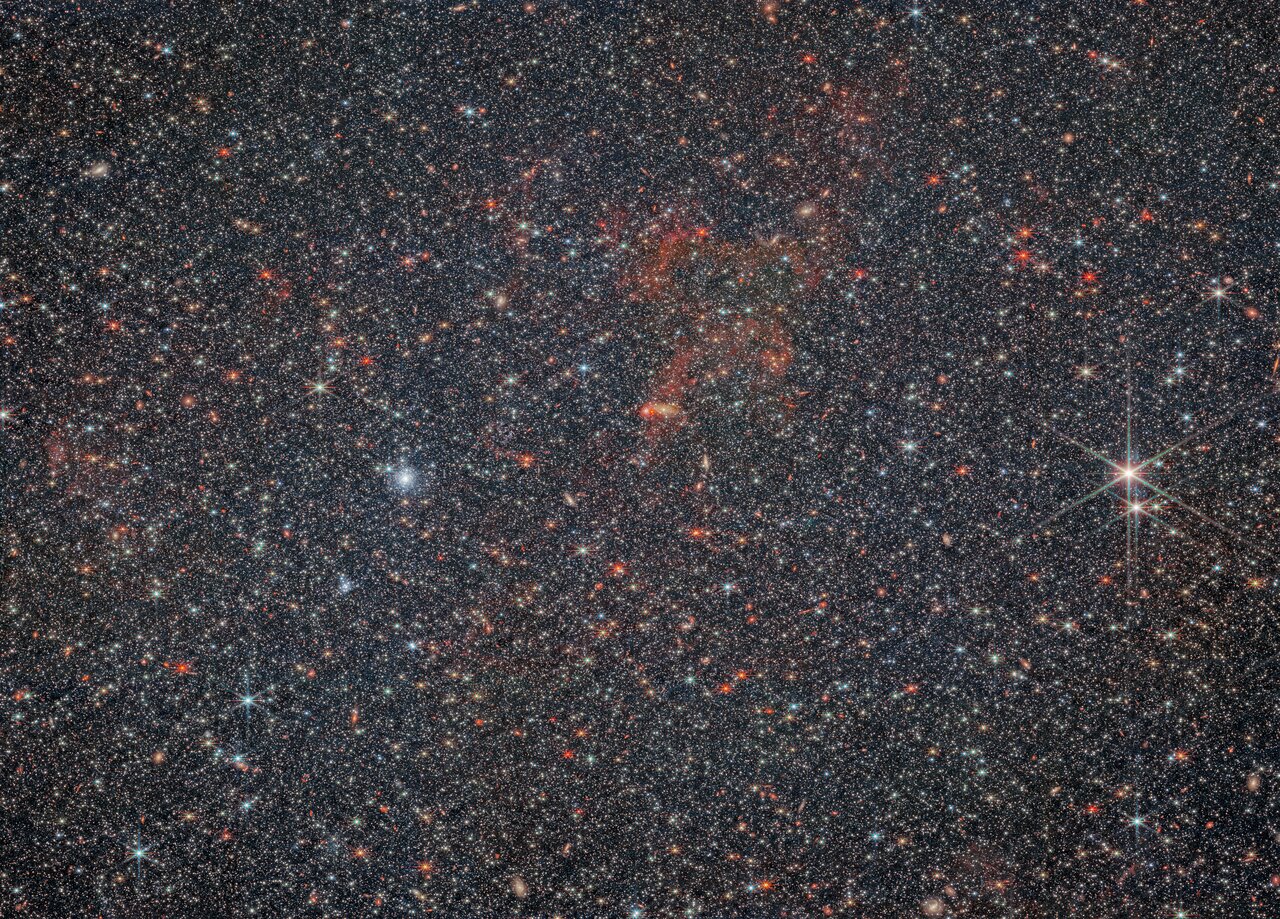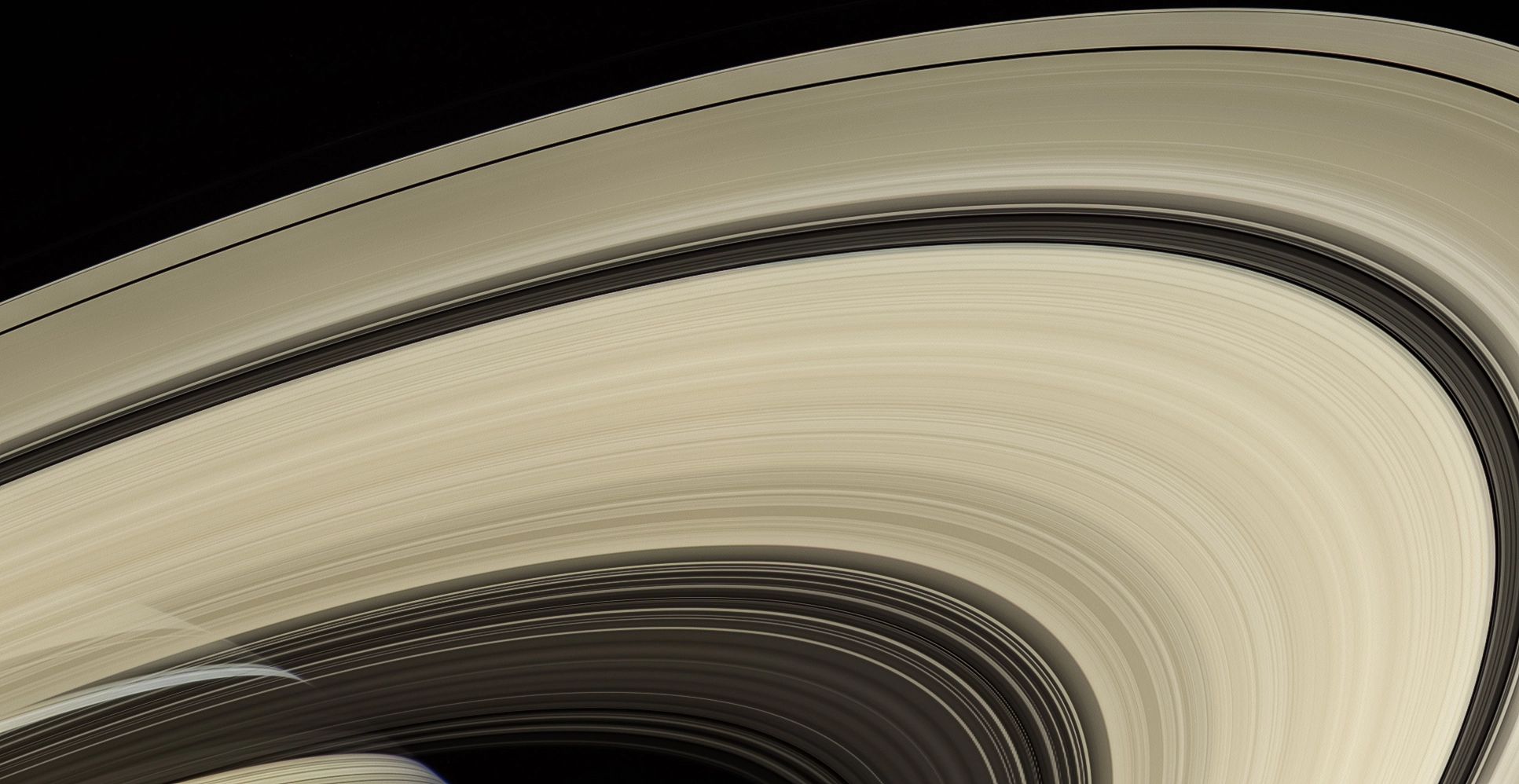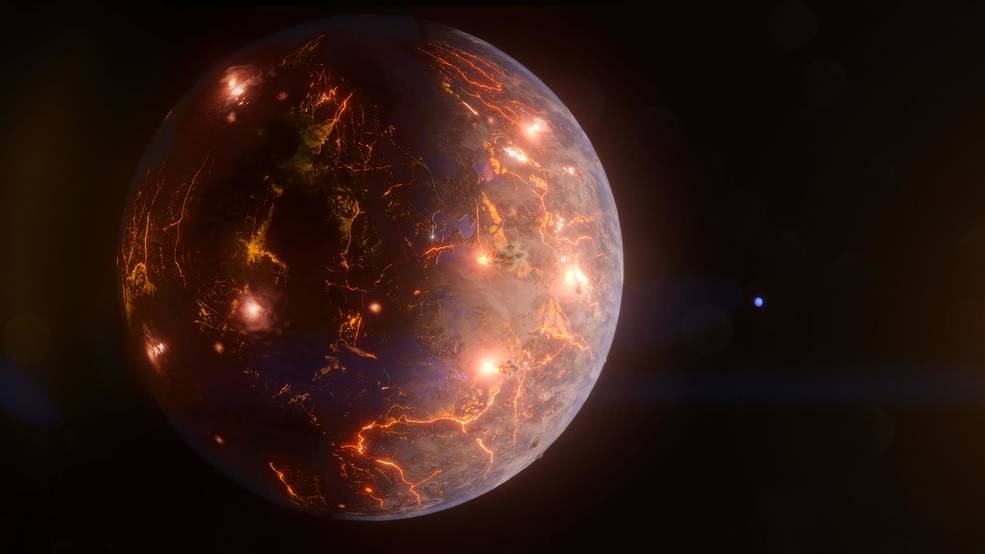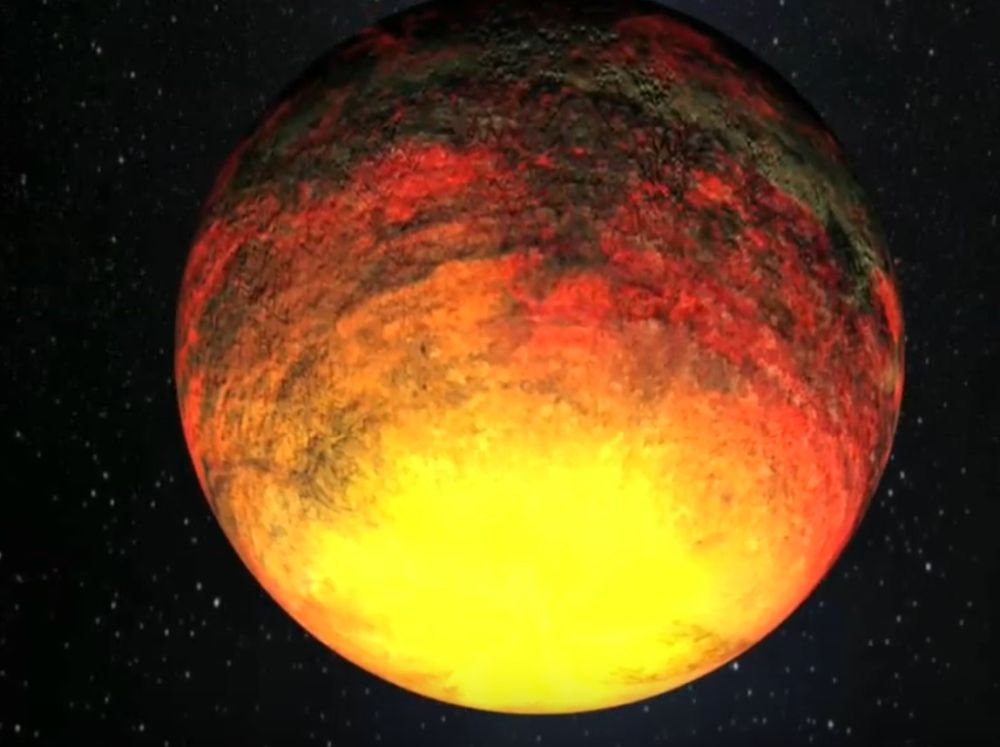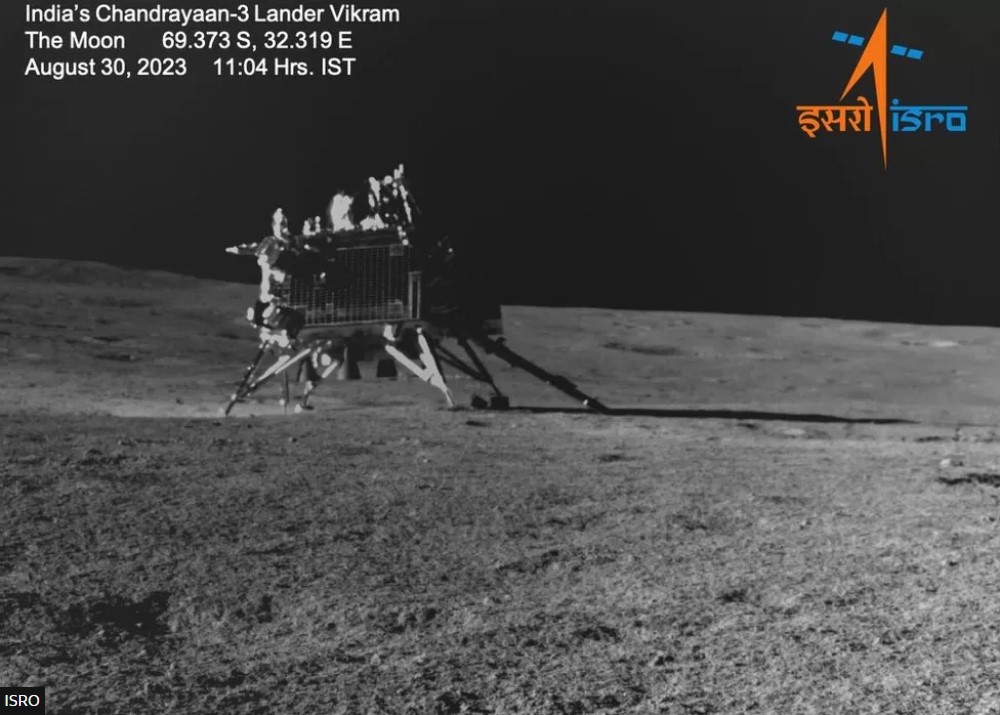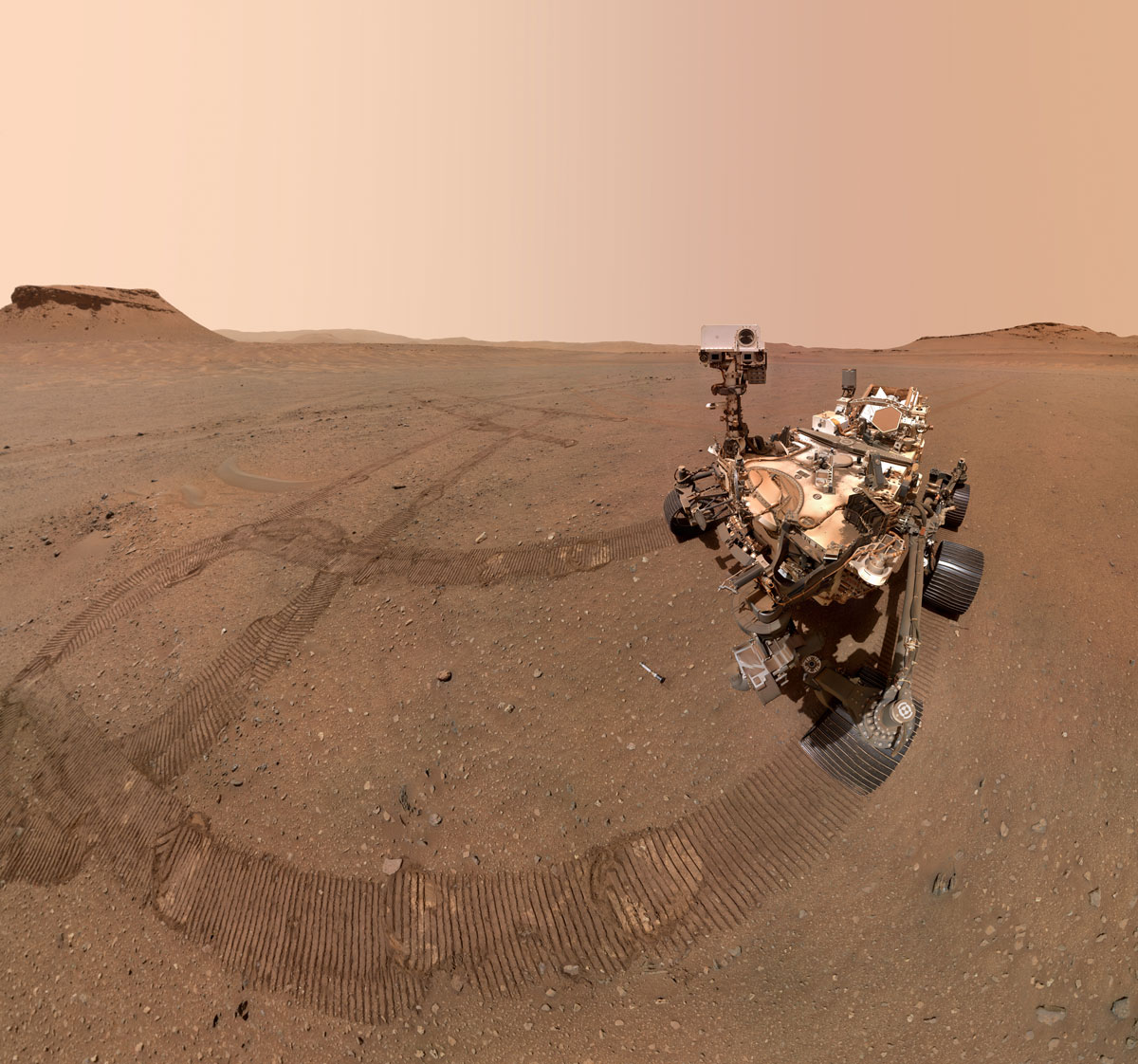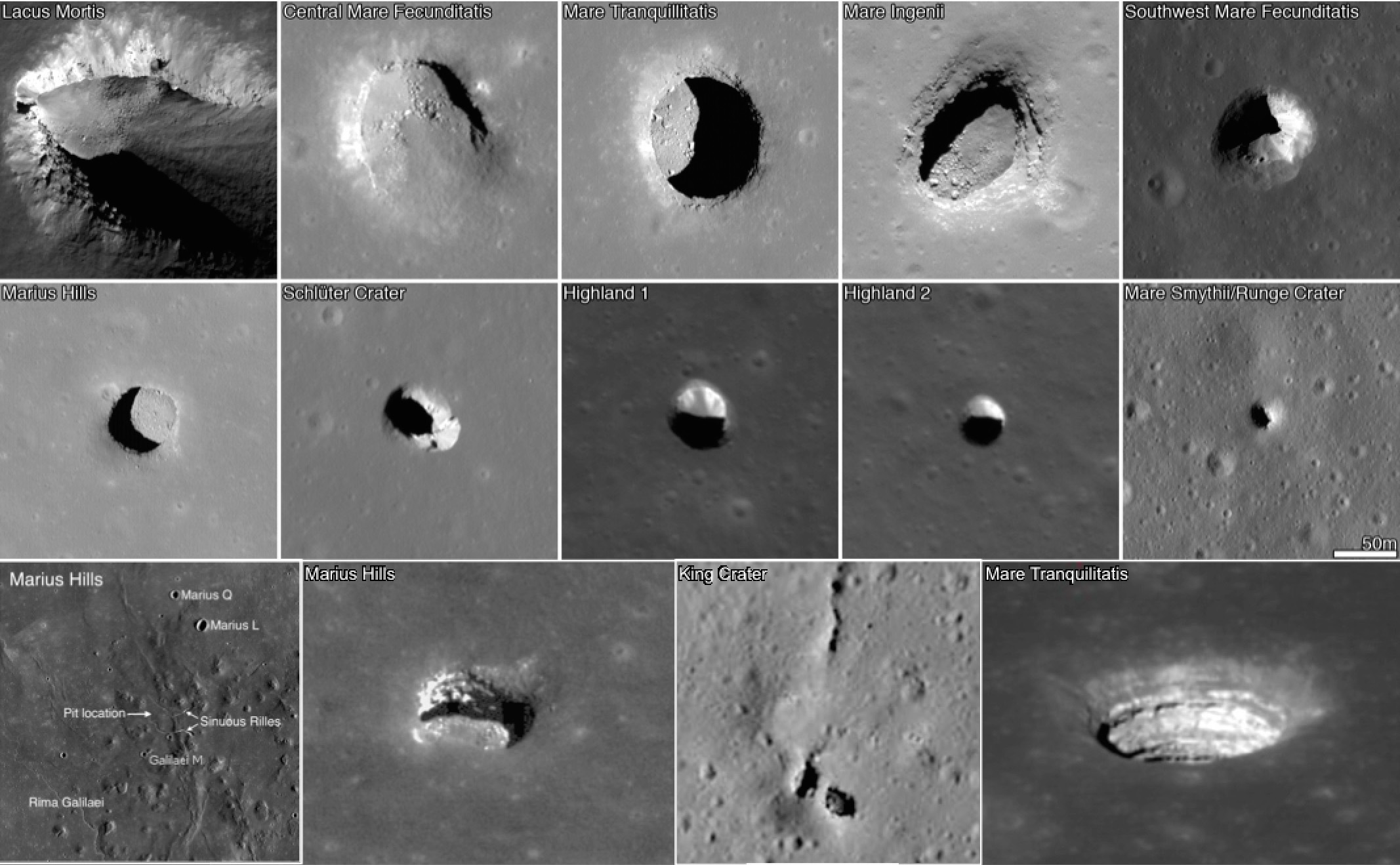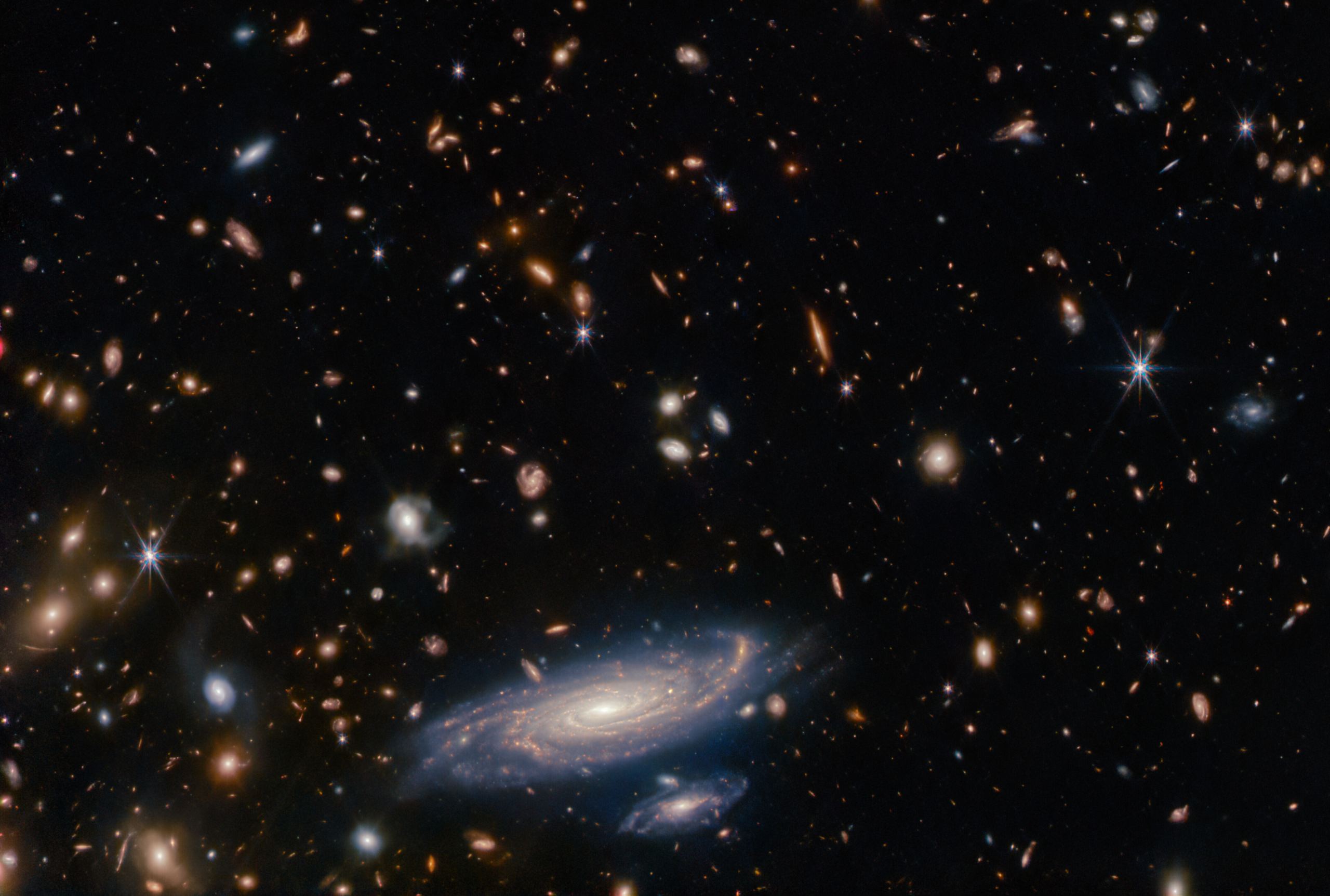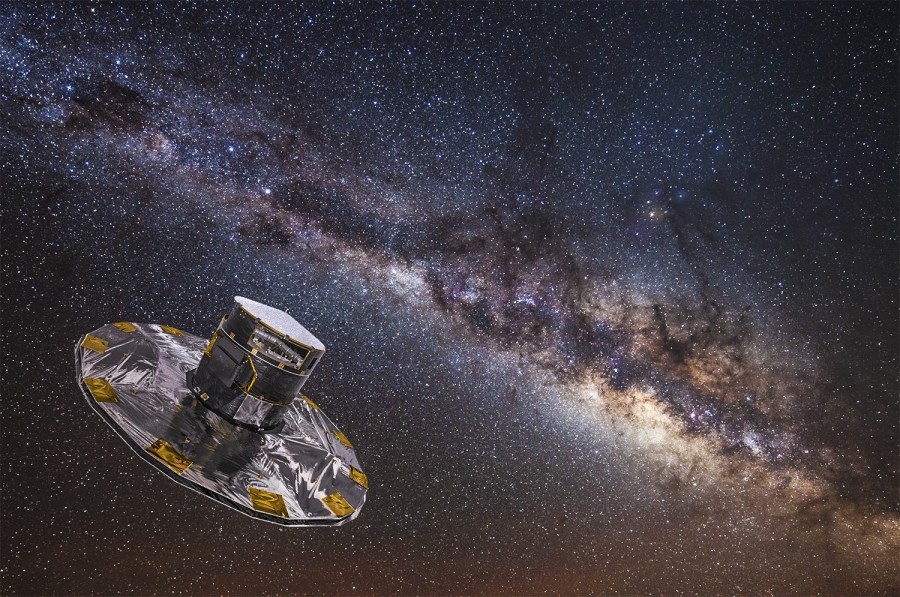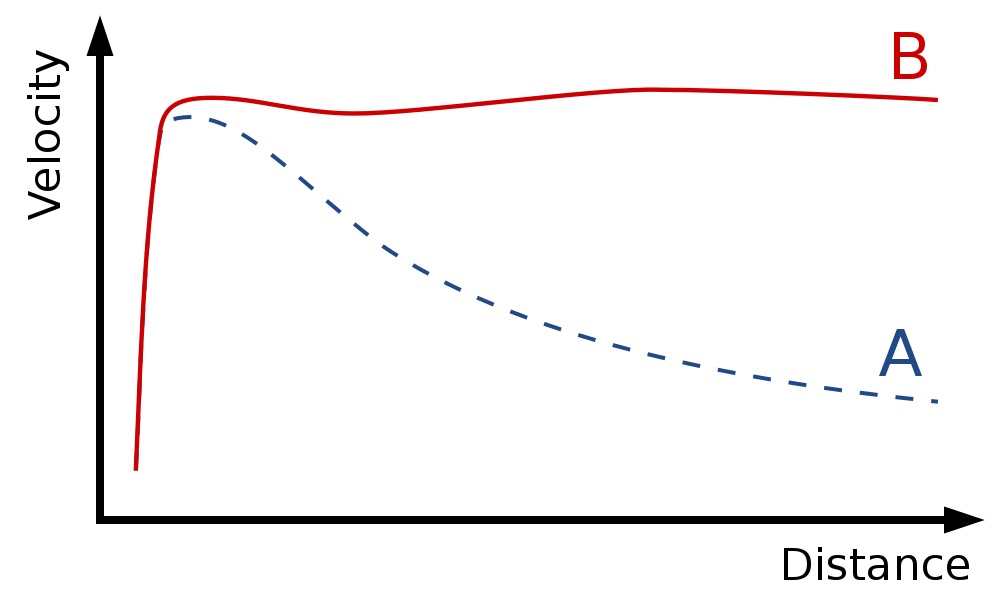
How massive is the Milky Way? According to a new study using data from ESA's Gaia spacecraft, less than we thought. A new estimate puts the Milky Way's mass at 200 billion times the mass of the Sun, which is 4-5 times less than previous estimates that pegged it closer to a trillion solar masses. Using detailed information about millions of stars, astronomers were able to build an extremely accurate rotation curve for the Milky Way and use that to estimate its mass. They found that the rotation of the Milky Way isn't typical for large spiral galaxies, decreasing its estimated mass.
Continue reading
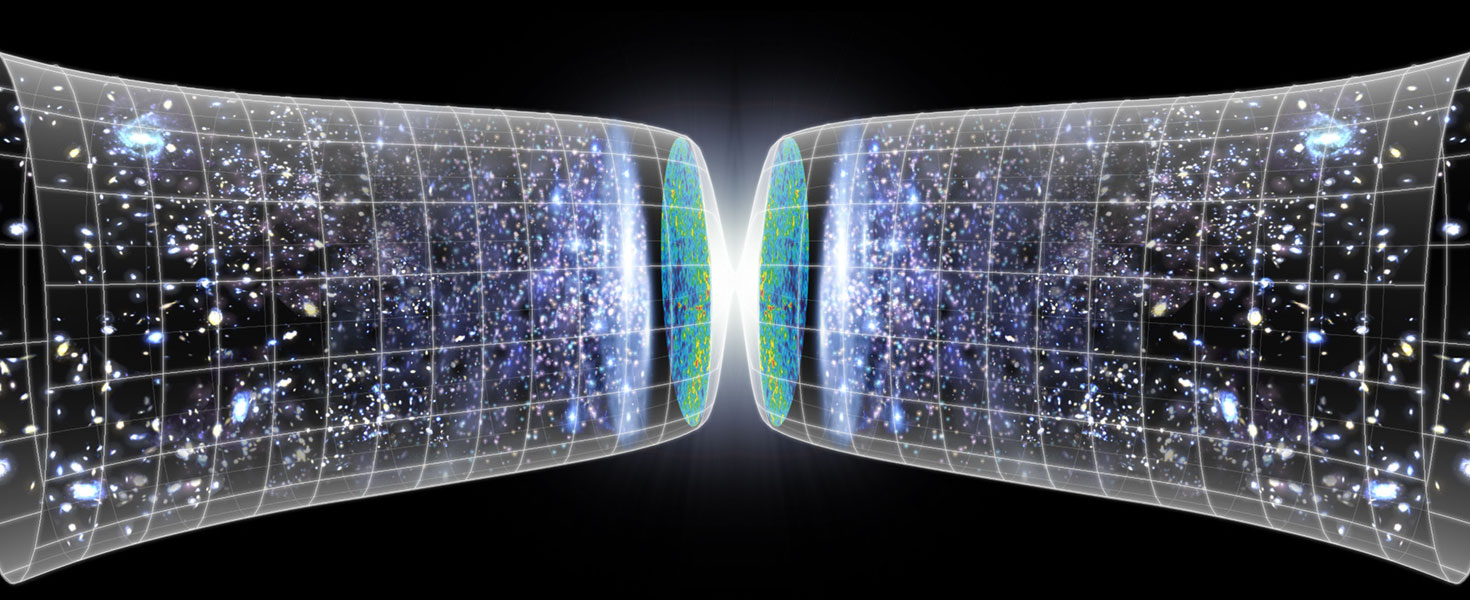
Since the discovery of antimatter decades ago, particle physicists have wondered if these particles were repulsed by gravity. Einstein predicted that despite having opposite charges to its regular matter counterparts, antimatter should still behave like matter does concerning gravity. This has been tricky to confirm experimentally since it's hard to make enough antimatter to observe its behavior. Particle physicists have finally pulled it off, using the ALPHA-g experiment at CERN, generating antihydrogen atoms and then dropping them in a 3-meter tall vertical shaft.
Continue reading
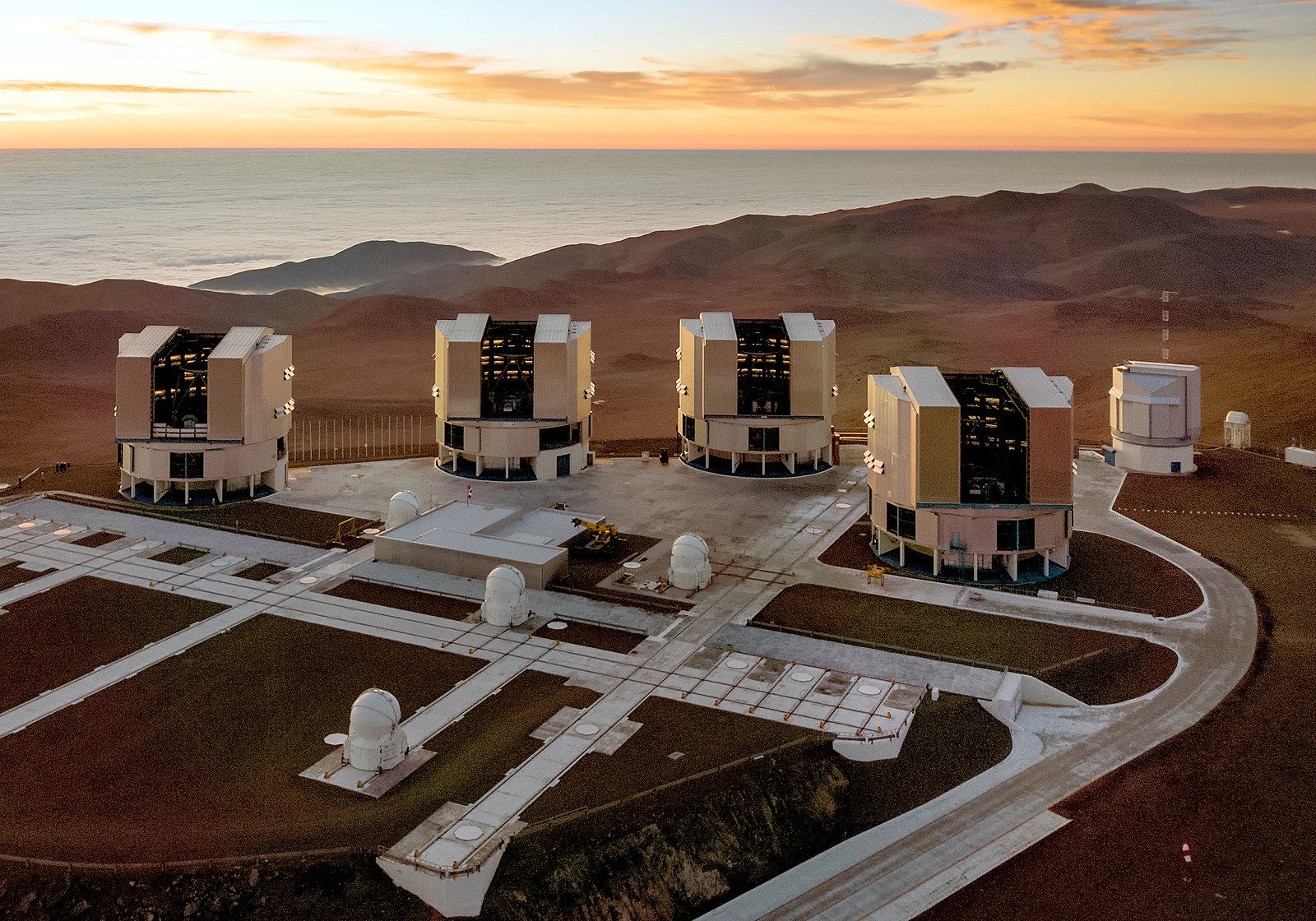
A new study shows how existing observatories like the ESO's Very Large Telescope (VLT) can be upgraded to perform cutting-edge astronomy
Continue reading
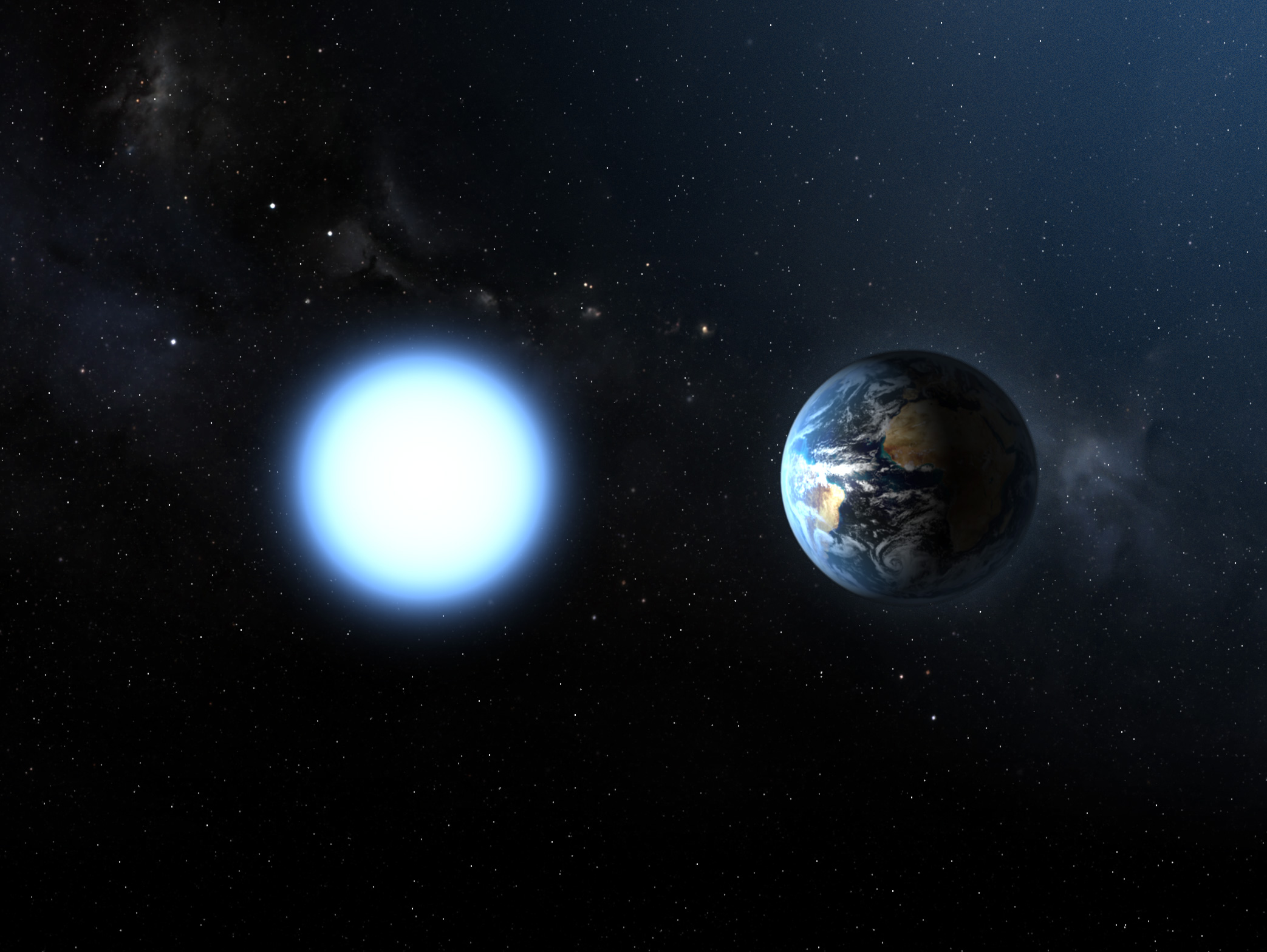
Astronomers still don't know what dark matter is, but one of its characteristics is that it has a small "cross section," which means that it doesn't interact with regular matter or itself. However, if it's possible to trap dark matter in a region dense enough, it might interact and annihilate, releasing gamma radiation. A new paper suggests that astronomers use gamma-ray observatories to scan white dwarf stars to discover whether there's an excess of radiation coming from them. This might mean there's dark matter trapped inside, providing more clues to its nature.
Continue reading
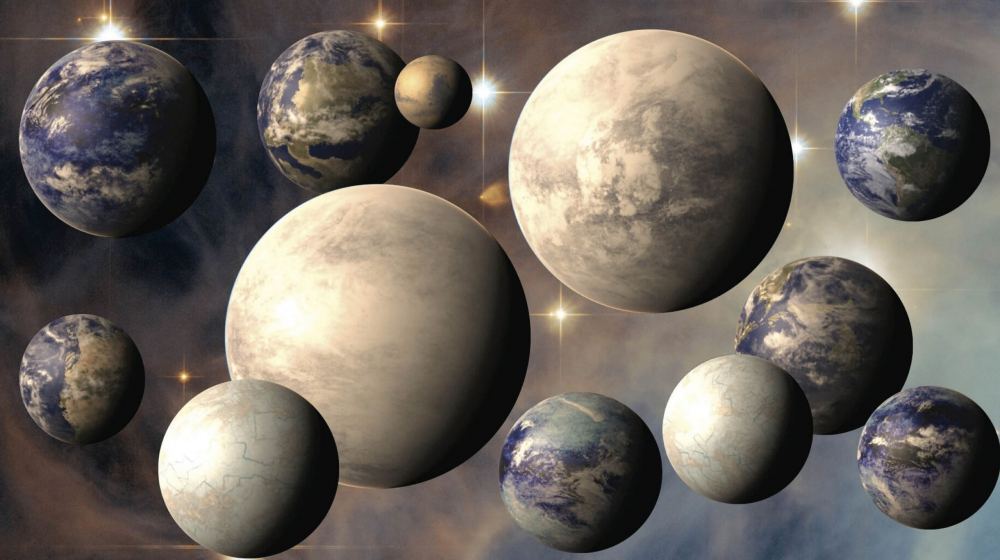
A new study estimates that there could be 11,000 habitable planets within 100 parsecs of our Sun, the nearest being 20 parsecs away.
Continue reading
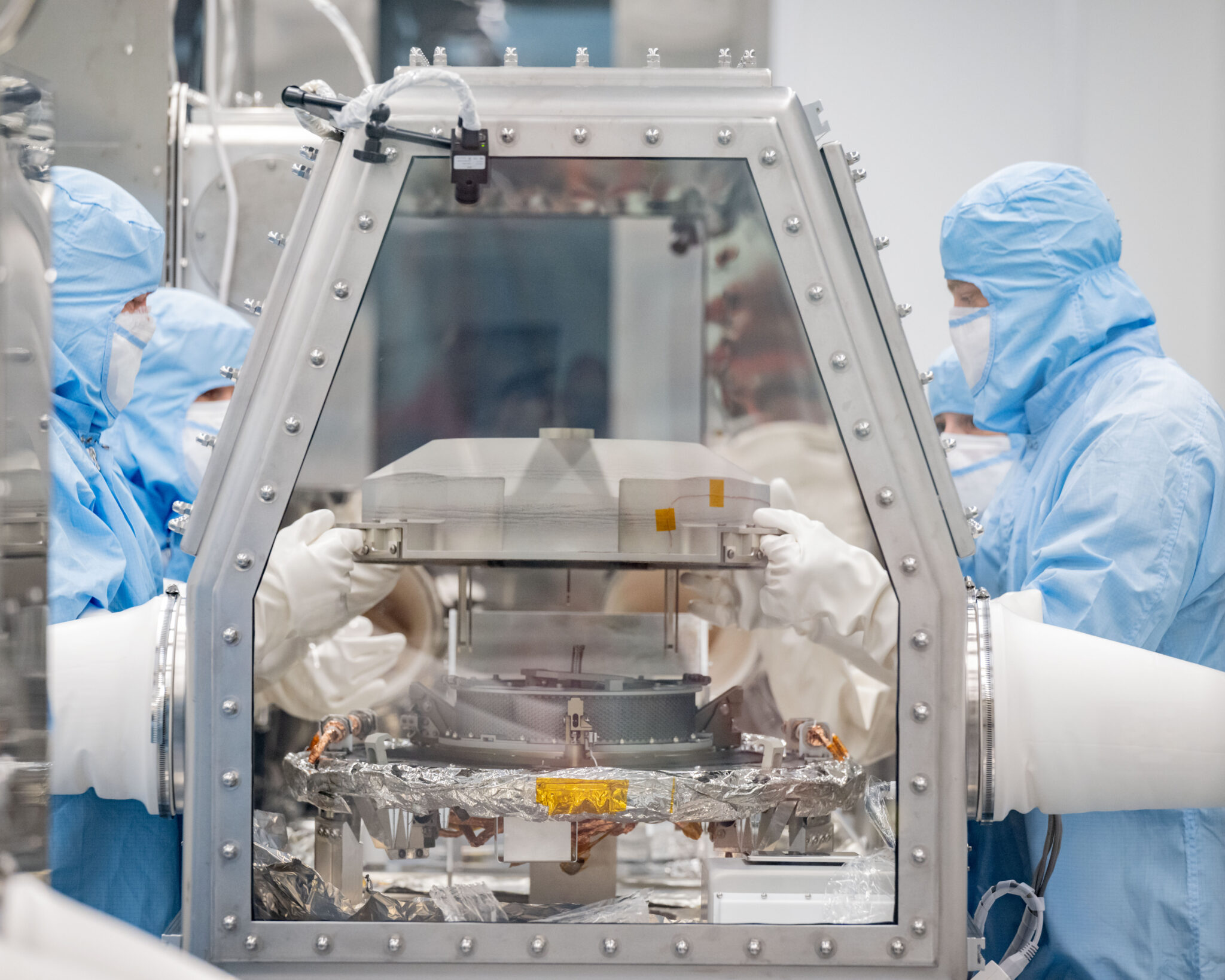
NASA teams have started the intricate process of removing the samples of asteroid Bennu from their canister.
Continue reading
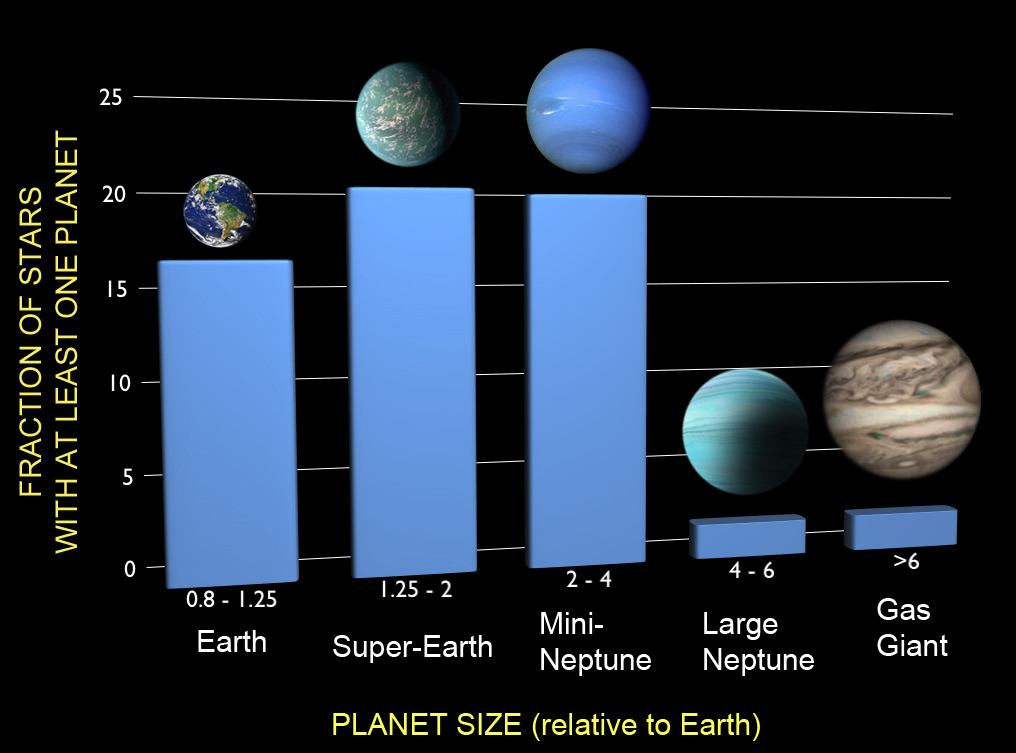
A new study recommends we stop looking for megastructures and start searching for advanced civilizations who have moved multiple planets in their star's habitable zone.
Continue reading
